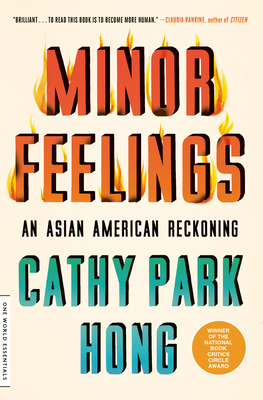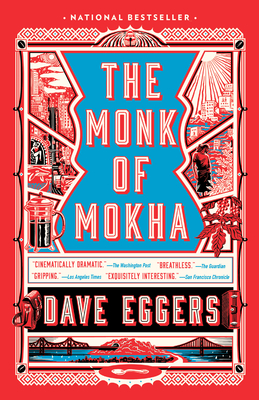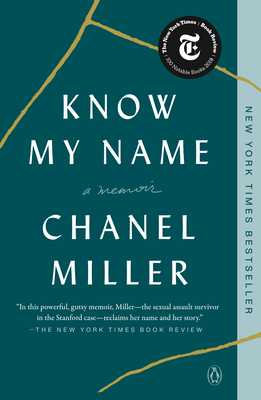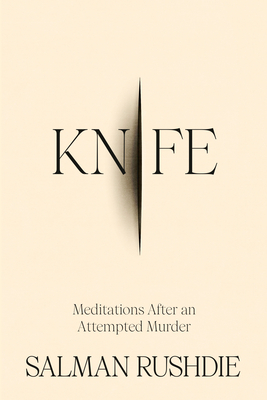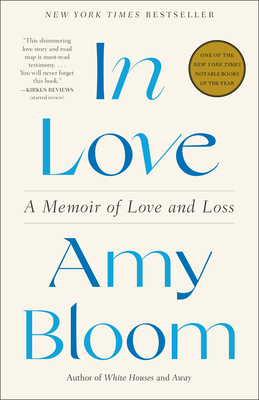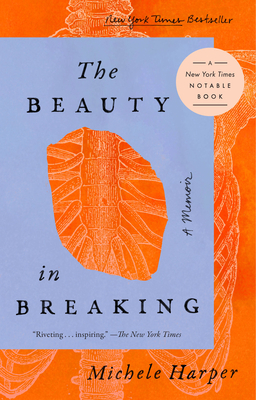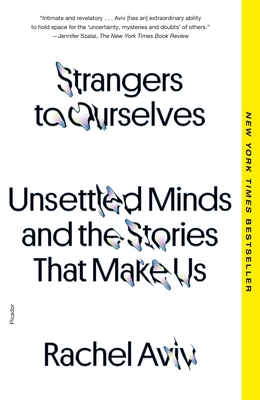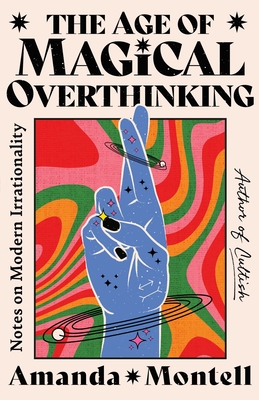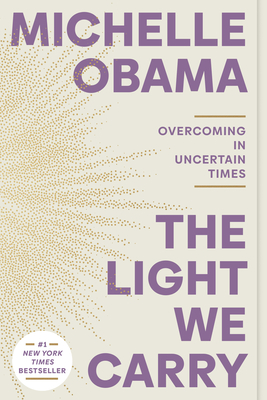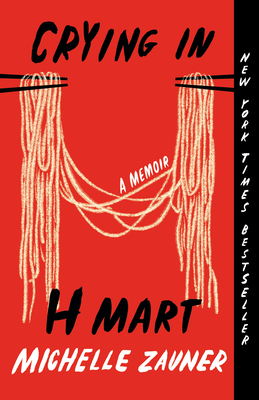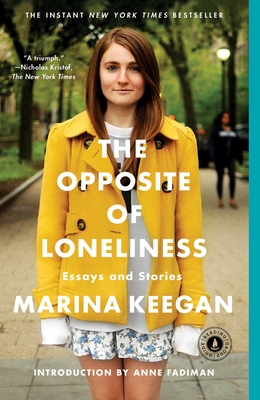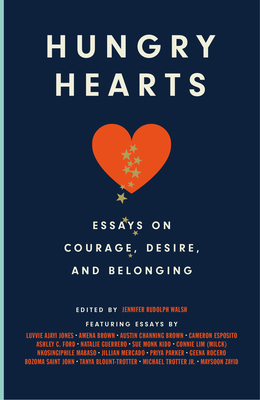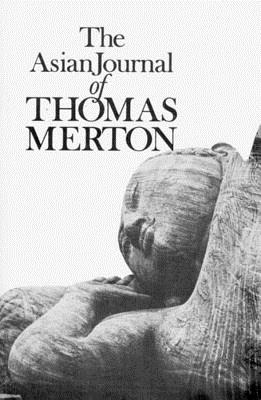
The Asian Journal of Thomas Merton
Description
"This is quintessential Merton."—The Catholic Review.
"The moment of takeoff was ecstatic...joy. We left the ground—I with Christian mantras and a great sense of destiny, of being at last on my true way after years of waiting and wondering..." With these words, dated October 15. 1968, the late Father Thomas Merton recorded the beginning of his fateful journey to the Orient. His travels led him from Bangkok, through India to Ceylon, and back again to Bangkok for his scheduled talk at a conference of Asian monastic orders. There he unequivocally reaffirmed his Christian vocation. His last journal entry was made on December 8, 1968, two days before his untimely, accidental death. Amply illustrated with photographs he himself took along the way and fully indexed, the book also contains a glossary of Asian religious terms, a preface by the Indian scholar Amiya Chakravarty, a foreword and postscript by Brother Patrick Hart of the Abbey of Gethsemani, as well as several appendices, among them the text of Merton's final address.
Praise for The Asian Journal of Thomas Merton
Painstakingly edited by a team of scholarly admirers, but still tantalizingly unfinished, the journal is a collage of Asian images, sacred and profane....And the book itself is a kind of mandala, drawing the reader deep into a philosophical analysis, then abruptly forcing him out into the physical world.
— Time



